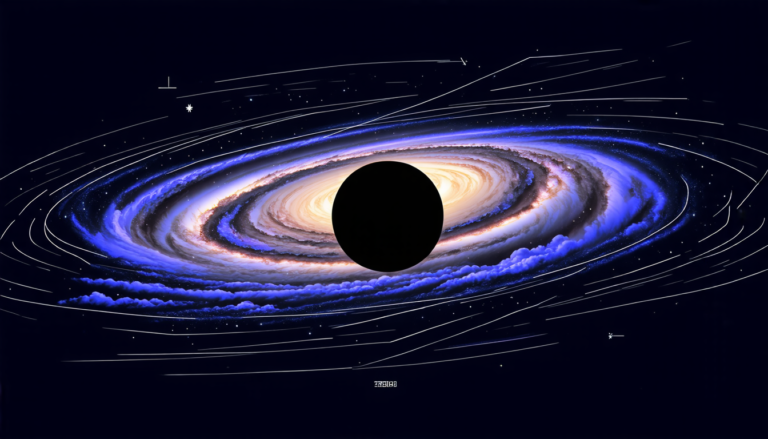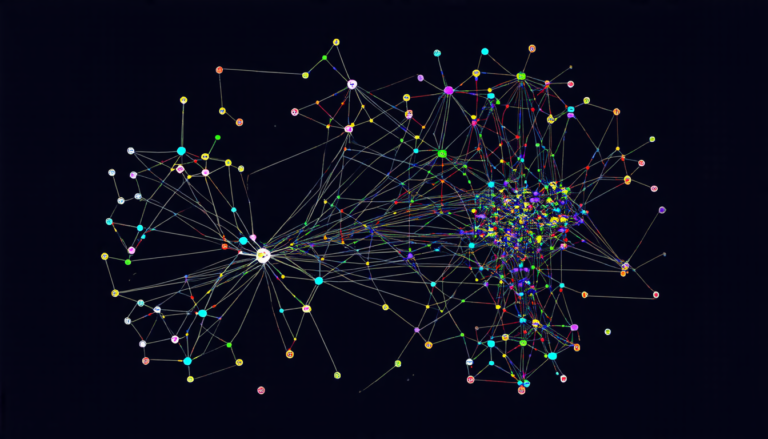Saturday 07 June 2025
The quest for a more accurate and efficient way to predict the weather has led scientists down a fascinating path. By combining cutting-edge techniques from machine learning, data assimilation, and reinforcement learning, researchers have developed a new method that’s revolutionizing our understanding of complex atmospheric phenomena.
At its core, this innovative approach harnesses the power of deep neural networks to learn patterns in large datasets of weather patterns. But it’s not just about training machines on vast amounts of data – it’s about creating a system that can adapt and improve over time, much like human forecasters do.
One key innovation is the use of reinforcement learning, which allows the model to learn from its mistakes and refine its predictions in real-time. This is achieved by designing a reward function that punishes the model for poor performance and encourages it to produce accurate forecasts.
The model’s ability to learn from its errors is made possible by the incorporation of dual optimization techniques. By solving a dual problem, the algorithm can efficiently explore a vast solution space and converge on an optimal solution more quickly than traditional methods.
But what makes this approach truly remarkable is its capacity to handle complex nonlinear dynamics, such as those found in tropical weather patterns like the Madden-Julian oscillation (MJO). This phenomenon is notoriously difficult to predict, with models often struggling to capture the intricate interactions between atmospheric variables.
By leveraging the strengths of each technique, researchers have been able to create a system that can accurately forecast the MJO’s behavior and even identify the underlying mechanisms driving its patterns. The implications are significant, as improved MJO forecasting could lead to more accurate long-range weather predictions and better decision-making for farmers, policymakers, and other stakeholders.
The beauty of this approach lies in its ability to integrate multiple sources of data, from satellite imagery to surface observations, into a cohesive whole. This fusion of information enables the model to learn patterns that might be obscured by individual datasets, leading to more accurate and reliable predictions.
As researchers continue to refine and expand this innovative method, we can expect to see significant advances in our ability to predict and understand complex weather phenomena. With its potential to transform the field of meteorology, this new approach is an exciting development with far-reaching implications for science and society alike.
Cite this article: “Revolutionizing Weather Forecasting: A New Approach Combining Machine Learning and Reinforcement Learning”, The Science Archive, 2025.
Machine Learning, Data Assimilation, Reinforcement Learning, Neural Networks, Weather Forecasting, Atmospheric Phenomena, Tropical Weather Patterns, Madden-Julian Oscillation, Nonlinear Dynamics, Satellite Imagery







